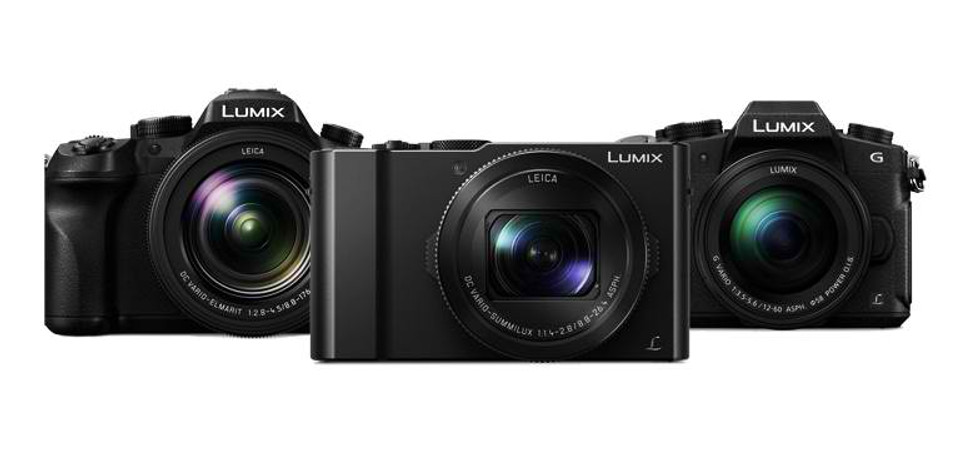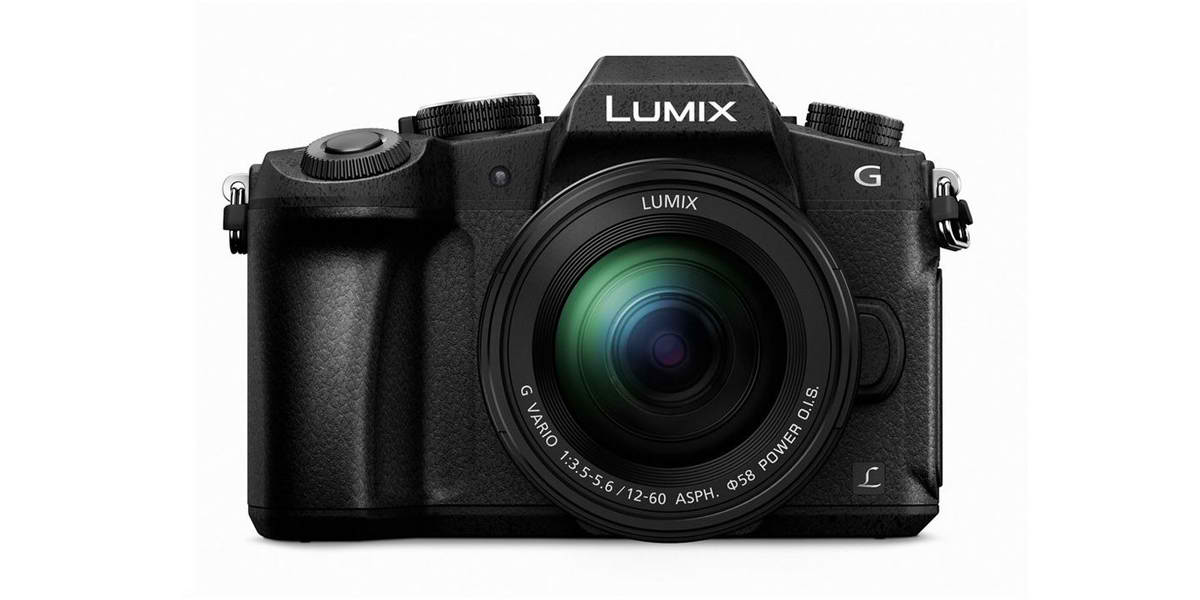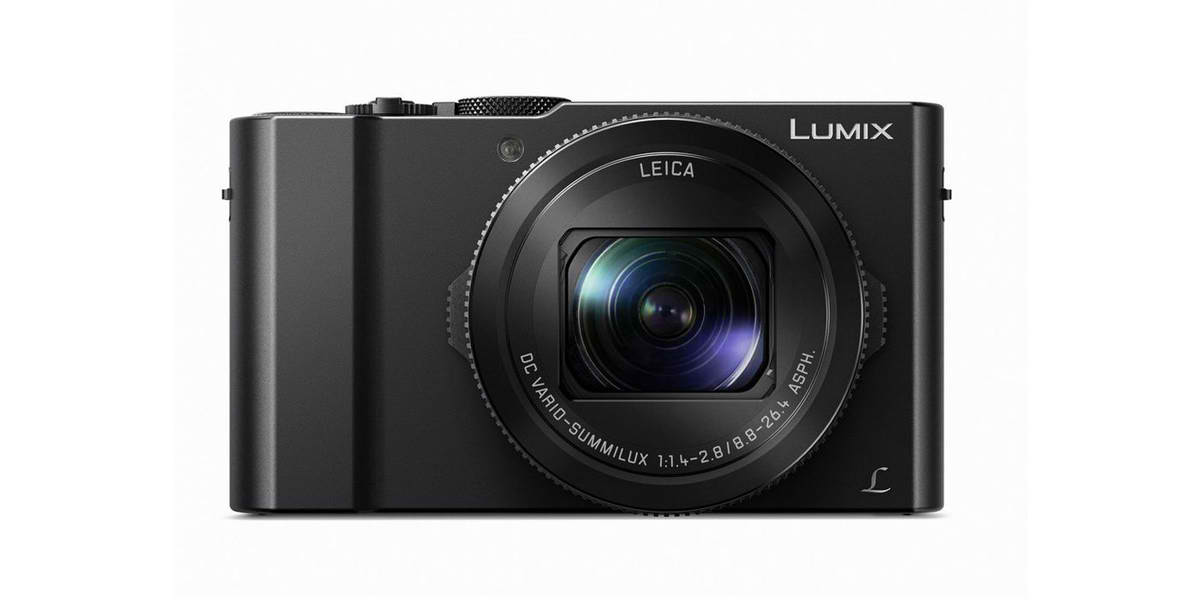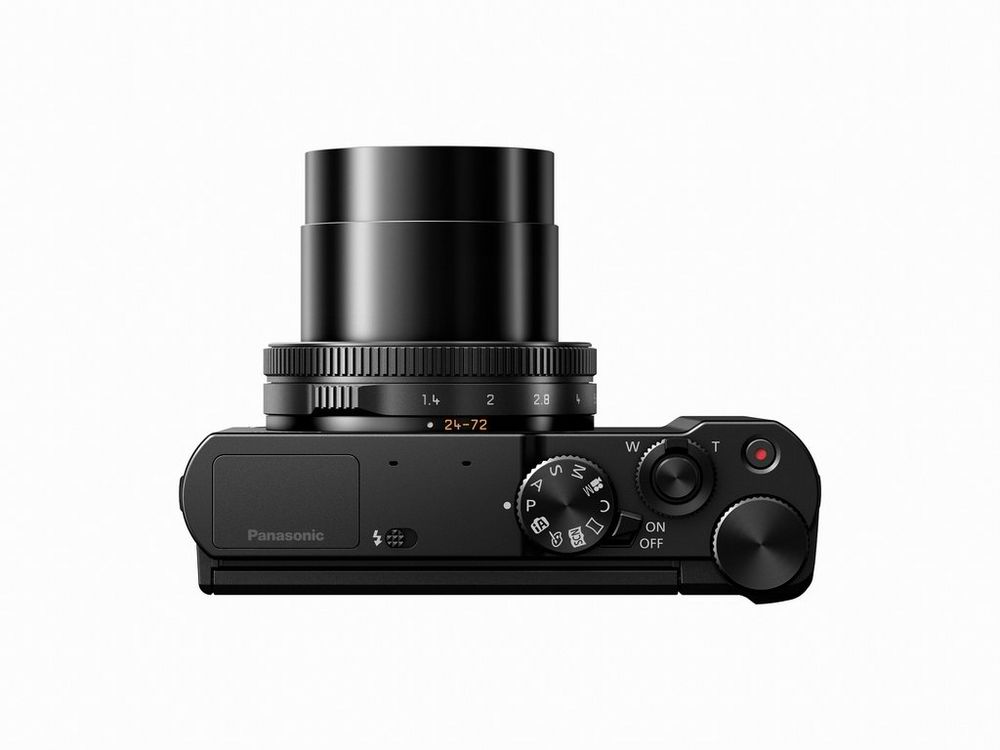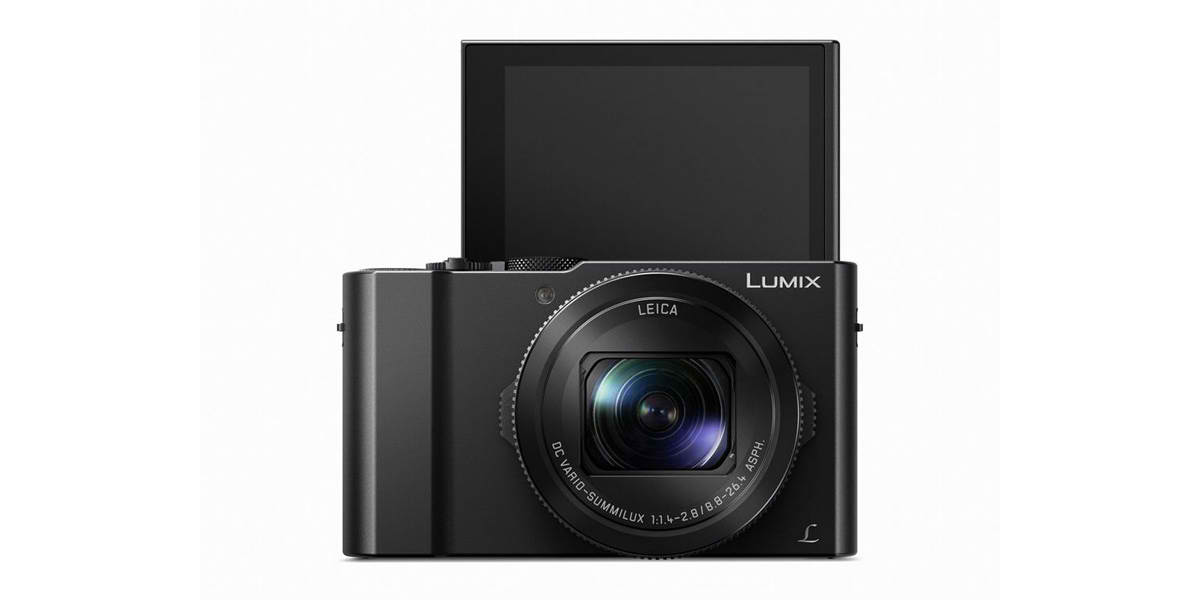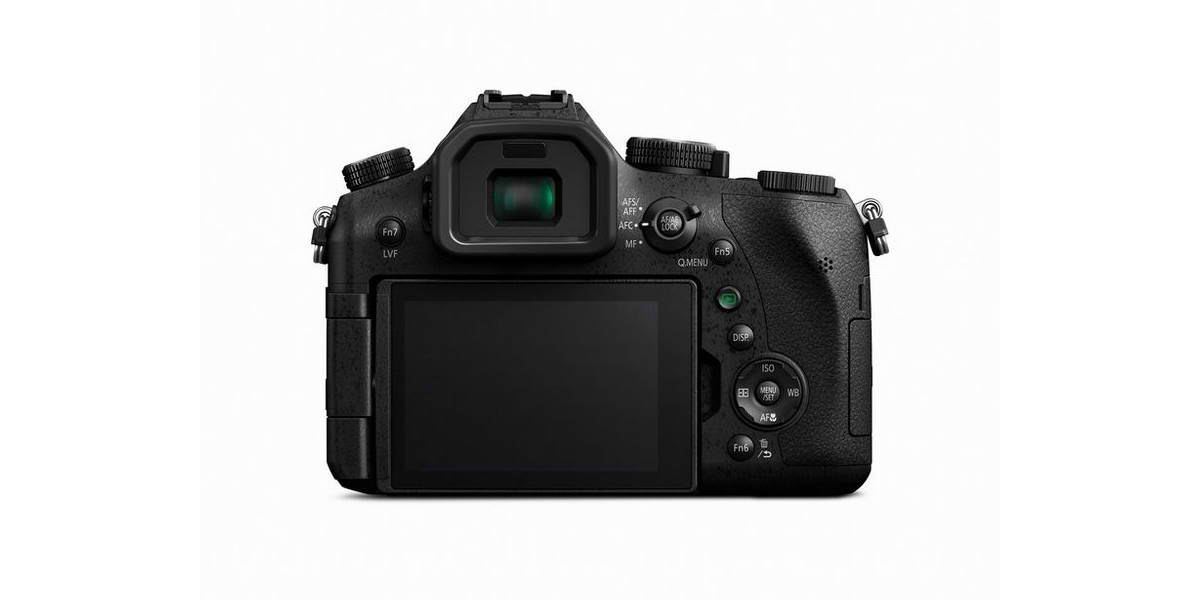Panasonic announced three new cameras to boast their mirrorless and compact camera lineup: the DMC-G85, DMC-LX10, and DMC-FZ2500. They also took this opportunity to announce the development of the DMC-GH5 camera. Information is preliminary but the specifications include the following: 4K 60p capable, 4:2:2 10 bit recording, 4K 60p Photo (60 fps burst mode), and 6K Photo (18MP). They expect to have more to share at CES 2017.
G85
While the GH5 won’t be here until 2017, Panasonic might have an update for it’s mid-range G-series lineup a little sooner with the new G85, which is more GH4-like than it’s predecessor, the Panasonic G7. The G7 was a favourite among budget-minded filmmakers. While it lacked some of the GH4’s pro features like weather sealing, slow-motion video and a headphone jack, most of the essentials remained, such as the 16.0MP sensor and ability to record 4K video.
The new G85 shares some of it’s specs with the current Panasonic GX85, including the 16.0MP Micro Four Thirds Live MOS sensor with no optical low-pass filter.
With the in-body gyro sensor, the camera also features in-body 5-axis image stabilization that works together with Panasonic’s stabilized lenses to compensate for up to 5 stops.
Autofocus relies on Panasonic’s Contrast AF with DFD Technology, which Panasonic claims focuses as fast as 0.07 seconds in a single shot and allows for smooth subject tracking in both photos and video. Continuous mode now shoots as fast as 9 fps.
Speaking of video, the G85 shoots 4K UHD (3840×2160) video at 30 or 24 frames per second. Full HD 1080p video has a maximum frame rate of 60. To bring audio recording to the next level, a 3.5mm jack is included for those looking to attach an external microphone.
On the back is a 1.04m dot 3.0″ flip-out LCD as well as a 2360K-dot, 100% colour reproduction OLED electronic viewfinder. Panasonic has also made the camera splash-proof and dust-proof.
LX10
Panasonic’s LX10 features a 1.0″ sensor and a LEICA DC Vario-Summilux lens with an equivalent focal length of 24-72mm in a svelte, pocketable body.
The 20.1MP 1″ MOS sensor has a native ISO of 125-12800 and can shoot video up to 4K/30fps or 1080p/60fps.
The Leica DC Vario-Summilux 8.8-26.4mm F1.4-2.8 (24-72mm equivalent) lens is made of 11 elements in 9 groups, including 4 aspherical elements, 2 aspherical ED elements and 1 UHR element that reduce aberrations.
To minimize camera shake, Panasonic incorporated their 5-axis HYBRID O.I.S.+ image stabilization while focus-stacking and Post Focus features let you change things up afterwards in post.
On the back is a 3.0″ 1.04m dot touchscreen LCD that tilts up to 180 degrees for selfies. There’s also built in Wi-Fi for image sharing and remote control functions using your mobile phone or tablet.
The Panasonic FZ2500 uses the same 20.1 megapixel sensor in the LX10 but paired up with a longer zoom lens and more advanced video features.
Other similarities include the 5-axis HYBRID O.I.S.+ image stabilization and the 1.04m dot, 3.0″ rear tilting touchscreen LCD but the FZ2500 also has a 2.36m dot electronic viewfinder. Also new is the Leica DC Vario-Elmarit F2.8-4.5 lens (24-480mm equivalent), built-in neutral density filter, and a 3.5mm microphone input/headphone port.
While it also records 4K video, the LX10 can’t match the FZ2500’s advanced video features such as DCI 4K resolution (4096×2160) and the ability to record 4:2:2 10-bit video over HDMI with an external record. Panasonic’s CINELIKE D and CINELIKE V profiles make for easier colour grading and a V-Log L picture profile will be available at a later date.
We expect the new G85 to be available in November at $1149.99 (body only) and $1249.99 (12-60mm kit). The LX10 ($949.99) and FZ2500 ($1499.99) are expected in December.


